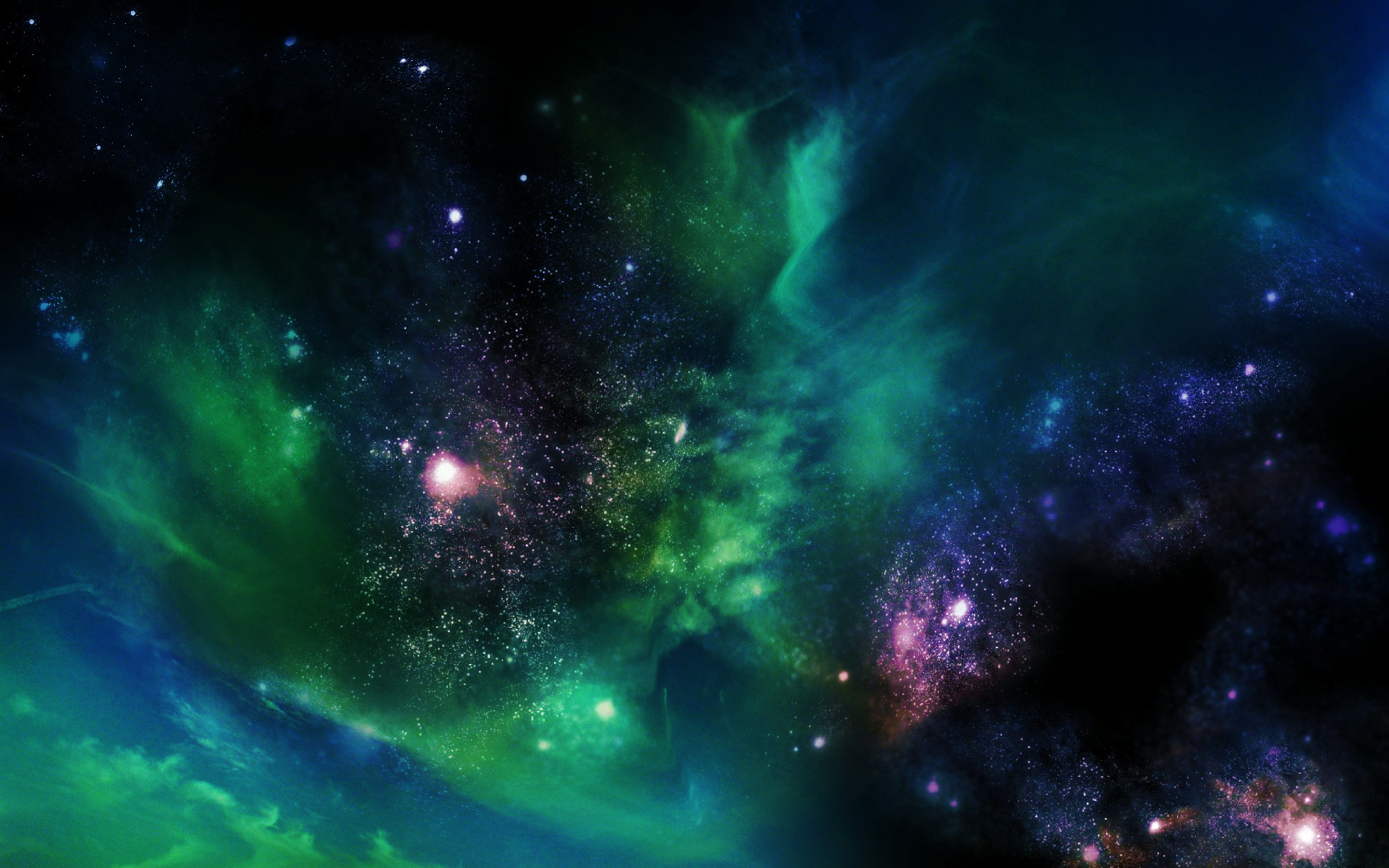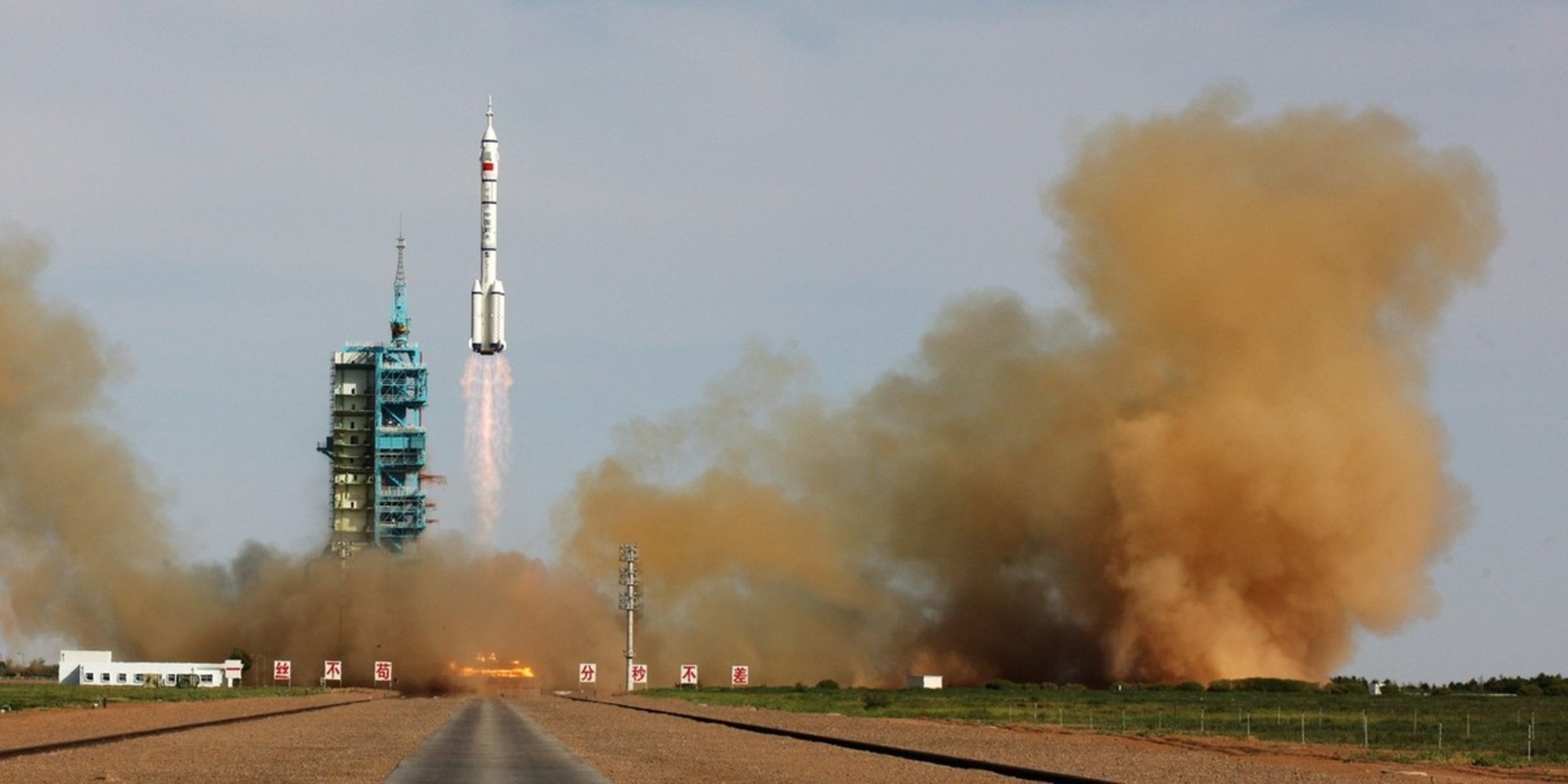
An international team of scientists found evidence that the rock was launched from Earth by a large impacting asteroid or comet. The impact sent material into space, where it collided with the surface of the Moon 4 bil years ago.

The cotton seeds sprouted inside of a container as part of the lunar mini-biosphere experiment aboard the lander. And, just over a week later, or some 213 hours, the experiment is over and the plants are dead.
Eight days after its historic landing on the far side of the Moon, China’s Chang’e 4 lander has captured its first panoramic image.

China has now landed its fourth and most ambitious lunar exploration mission on Thursday, January 3, 2019. This is the first mission to land on the far side of the Moon.

The Chang’e 4 mission lifted off Friday 18:23 GMT (1:23 p.m. EST) from China’s Xichang space center, kicking off a journey that will culminate in an attempt in early January to touch down on the far side of the Moon for the first time.

In a tweet, SpaceX said it has signed a passenger to fly around the Moon aboard its next-generation launch system.

Using data from NASA's Moon Mineralogy Mapper instrument, scientists have identified three specific signatures that definitively prove there is water ice at the surface of the Moon.

China plans to create new classes of heavy rockets in future, these include the Long March 9 rocket, a three-stage, super-heavy rocket that would allow for crewed missions to the Moon.

If the Moon has enough water, and if it's reasonably convenient to access, future explorers might be able to use it as a resource.

Later this year, the Chang’e 4 mission will depart for the far side of the Moon, where it will study the local geology and test the effects of lunar gravity on insects and plants.

The agency is considering how to conduct science experiments on the Deep Space Gateway station, even while no crew members are on board.

As outlined in a new white paper announced Tuesday, the Chinese government hopes to soft-land a probe on the far side of the moon by 2018 and send a robotic mission to Mars in 2020.

The Asian country has embarked upon a long-term plan to colonize the Moon. The Long March 7 rocket has lifted off on Saturday from the Wenchang Satellite Launch Center.

When a company named Astrobotic launches a lunar rover in 2017, the MoonArk will be aboard.

There is growing interest in Europe to prioritize the moon as humanity's next deep-space destination. The moon, supporters say, can serve as a springboard to push the human exploration of the solar system, with Mars as the horizon goal.